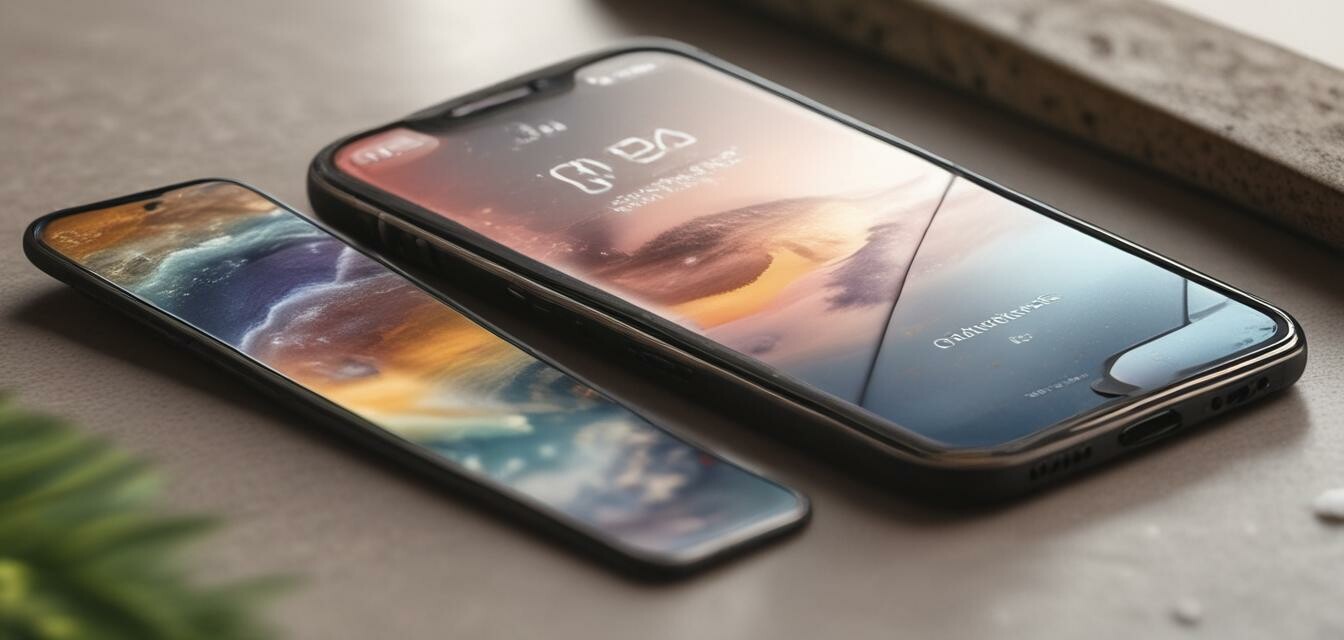
How sustainability is changing screen protector materials
Key Takeaways
- The demand for eco-friendly materials in screen protectors is growing.
- Biodegradable and recycled materials are becoming mainstream.
- Consumers are increasingly aware of their eco-footprint.
- Sustainable screen protectors offer both protection and style.
- Brands are innovating their production processes for better sustainability.
As global awareness of environmental issues rises, sustainable choices are no longer just trends, but vital shifts in consumer behavior. One of the most noticeable changes is how sustainability is influencing materials used in screen protectors. This article delves into the eco-friendly materials that are emerging as popular choices for screen protectors, aligning with the growing consumer demand for sustainability.
Understanding screen protector materials
Screen protectors have traditionally been made from plastics like PET (Polyethylene Terephthalate) and tempered glass. These materials provide decent durability and protection against scratches. However, with increasing environmental concerns, the market has started to see a shift toward sustainable alternatives...
Conventional materials versus sustainable alternatives
| Material Type | Conventional Materials | Sustainable Alternatives |
|---|---|---|
| Plastic | PET, Polycarbonate | Recycled PET, Biodegradable polymers |
| Glass | Tempered glass | Recycled glass, Bamboo-based options |
| Manufacturing Process | Energy-intensive | Less energy, eco-friendly production |
The rise of biodegradable screen protectors
Biodegradable screen protectors are gaining traction. Made from materials that can decompose naturally, they offer a guilt-free option for environmentally conscious consumers. This segment appeals particularly to younger audiences who prioritize sustainability in their purchasing decisions.
Benefits of biodegradable screen protectors
- Environmental impact reduction.
- Portable and lightweight, making them easy to handle.
- Available in various styles and designs.
- Offer similar durability as conventional options.
Consumer awareness and demand
With the rise of eco-conscious consumers, brands are pushed to innovate their product lines. Customers are now prioritizing products that have a lesser impact on the environment, which includes choosing crystal screen protectors that are not just stylish but also sustainable. As a result, the demand for eco-friendly materials has grown sharply, compelling manufacturers to reevaluate their sourcing strategies.
What consumers want
- Durability without compromising on sustainability.
- Transparency about materials and sourcing.
- Stylish designs that reflect personal aesthetic.
- Affordable options that do not harm the planet.
Innovations in the production process
To meet this rising demand, companies are investing in innovative production processes. These enhancements not only aim to minimize waste but also address the carbon footprint associated with manufacturing.
Key innovations
| Innovation | Description |
|---|---|
| Recycled Materials | Using post-consumer waste to create new products. |
| Energy-efficient Processes | Techniques that require less energy in making screen protectors. |
| Eco-friendly Packaging | Switching from plastic packaging to biodegradable options. |
Trends in consumer preferences
As the market evolves, various trends are subject to change how consumers view phone accessories. With an emphasis on gemstones and upscale styling, eco-friendly screen protectors also align well with a luxury phone accessory market.
Upcoming trends
- Combination of eco-friendly materials with luxury design elements.
- Emphasis on personal style combined with sustainability.
- Increased collaborations between brands and sustainability advocates.
The future of screen protector materials
The future of screen protectors is set to be more sustainable. As consumer preferences continue to align with sustainable brands, it becomes imperative for manufacturers to explore new materials and processes. Whether it’s through adopting biodegradable plastics or using recycled materials, innovation in sustainability will be critical for brands looking to stay relevant.
Pros
- Healthier for the planet compared to traditional options.
- Inspire brands to innovate and improve designs.
- Attract eco-conscious consumers.
Cons
- Potentially higher production costs.
- Limited availability compared to conventional materials.
- Perception of durability may be a concern for some users.
Conclusion
As sustainability continues to shape various industries, the screen protector market is no exception. By embracing eco-friendly materials and innovative production techniques, brands can align with consumer demand while remaining stylish and protective. The ongoing movement towards responsible consumption fosters a future where screen protectors not only protect devices but also contribute positively to our planet.
Stay tuned to our News and Trends section for more insights on the evolution of phone accessories and to discover how sustainability is redefining the landscape of mobile decor.